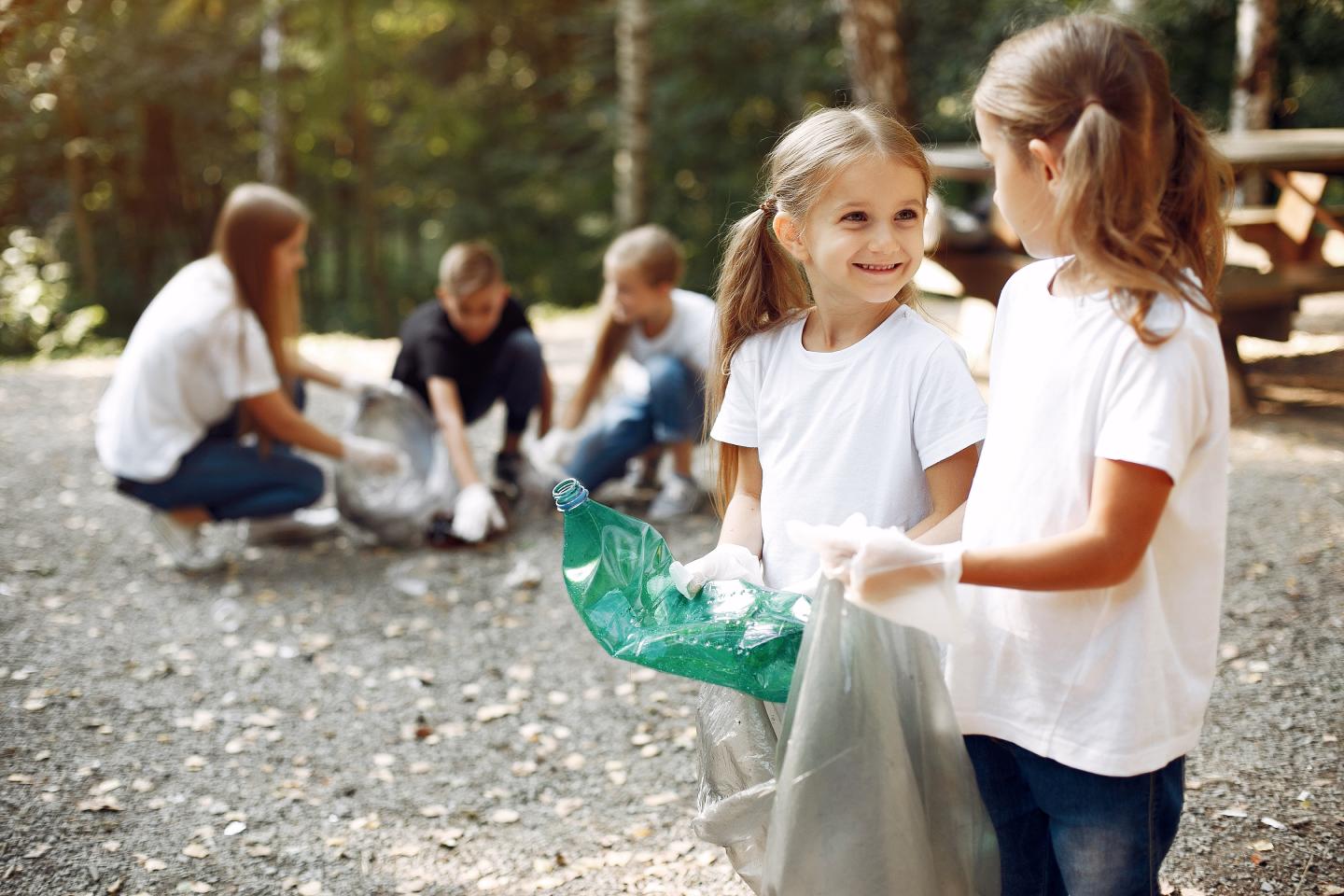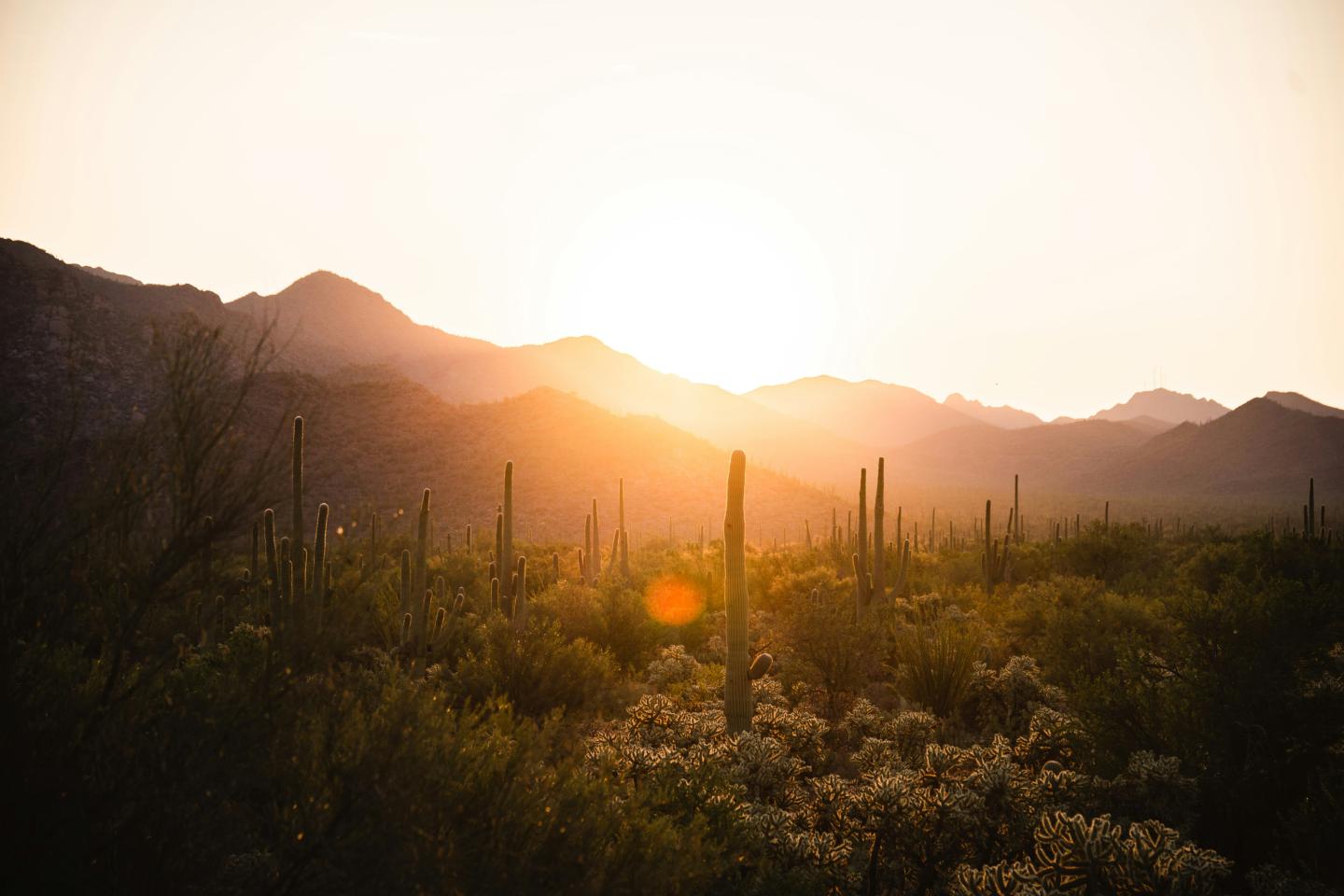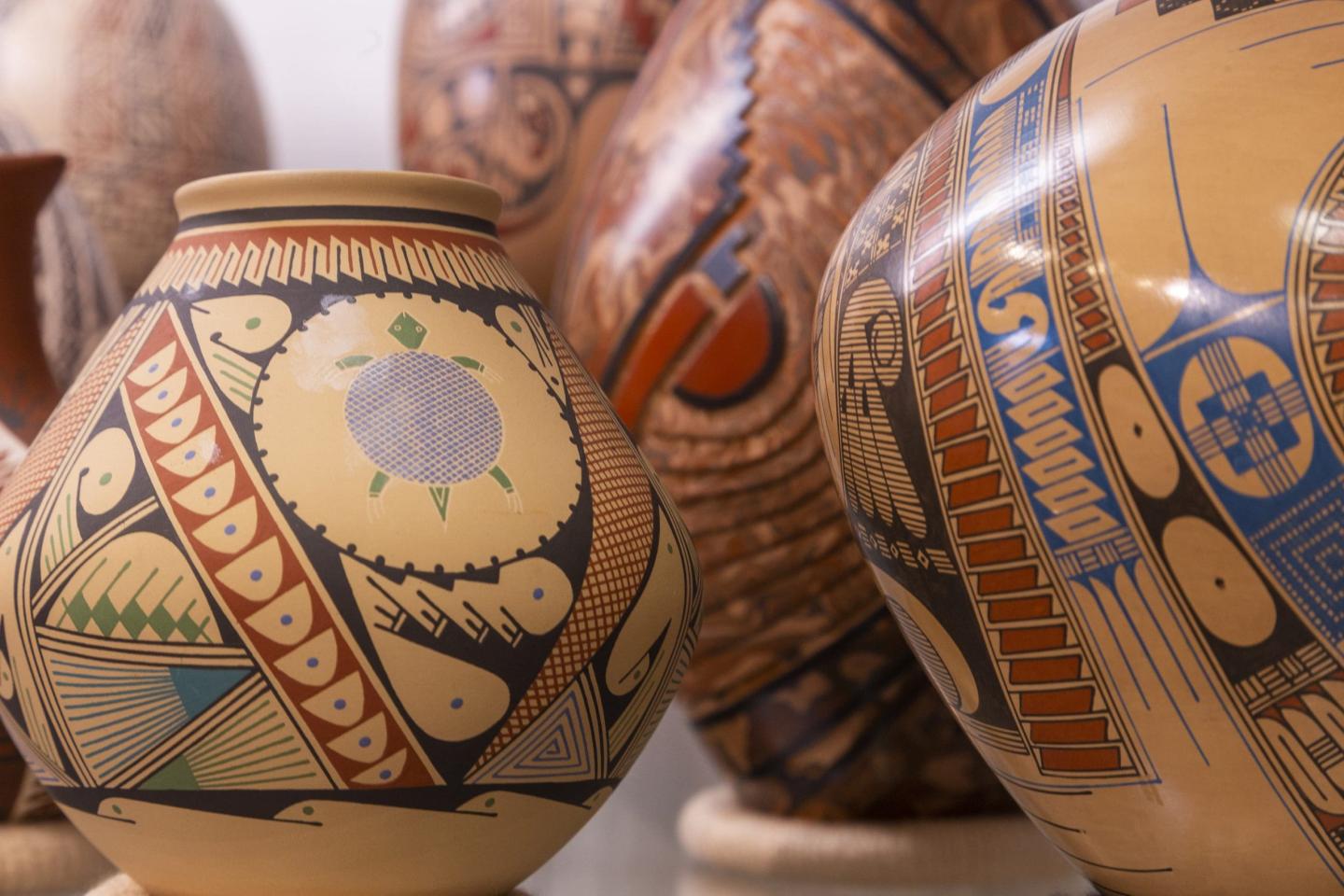
Celebrating the Anniversary of Cooperating Associations: A Story of Passion, Growth, and Support
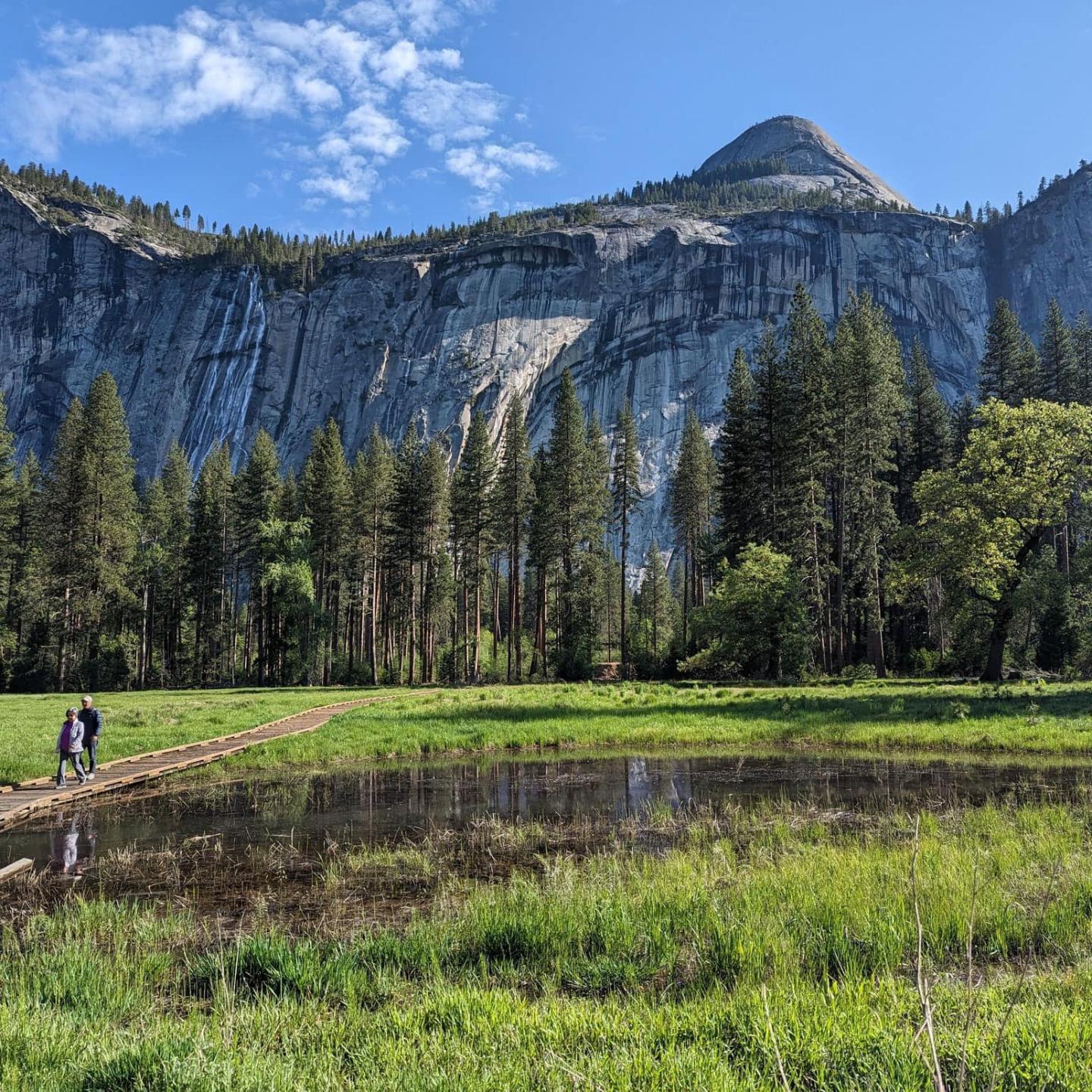
As WNPA commemorates the 100th anniversary of national park cooperating associations, we remember the rich history of these invaluable organizations that have played a significant role in preserving and enriching the nation’s most treasured natural and cultural landscapes. For a century, cooperating associations have been a vital source of support for national parks, working collaboratively with parks to educate and inspire generations of visitors. On August 4 of 2023, we pause to honor the enduring impact of these remarkable associations and the role they play in enhancing and preserving the park experience for everyone for all time.
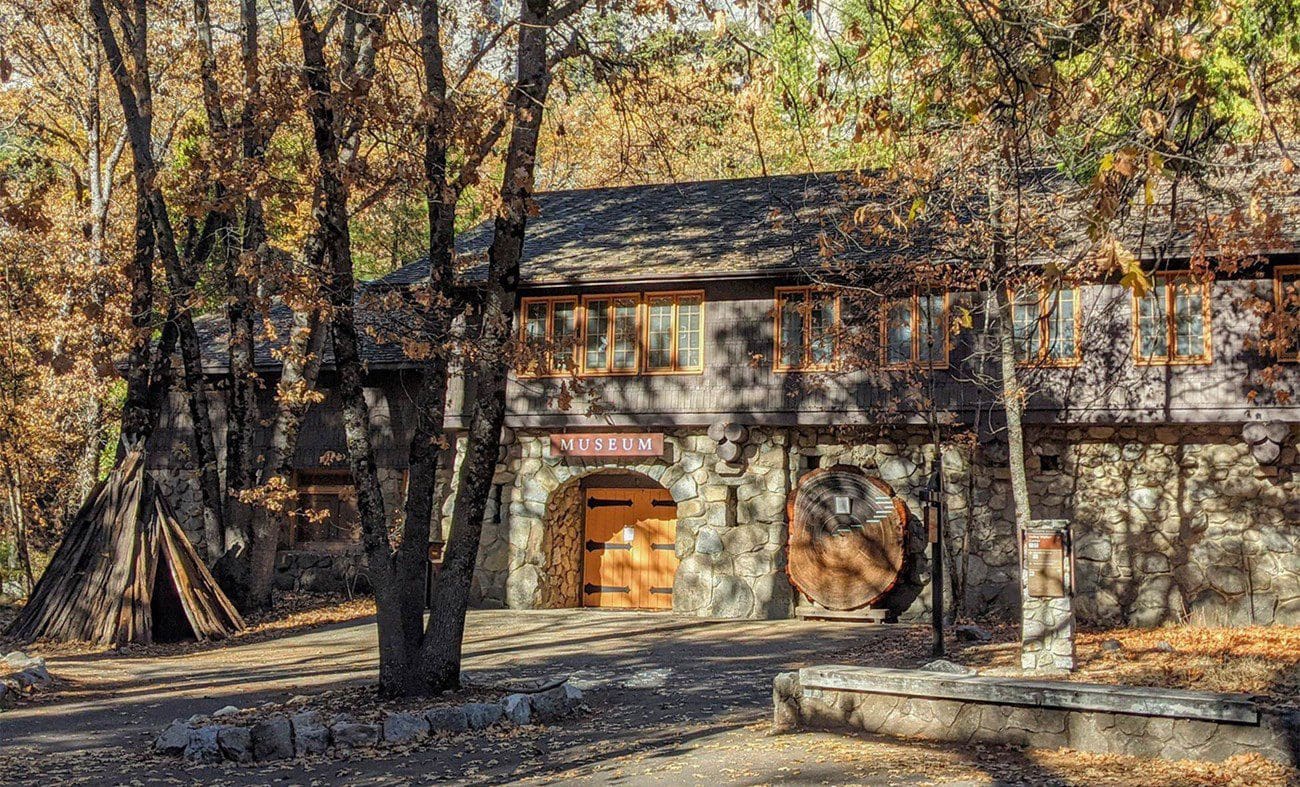
The history of cooperating associations can be traced back to the history of national parks, beginning with the establishment of the world’s first national park—Yellowstone National Park—in 1872. Recognizing the need for preservation, visionaries like Ferdinand V. Hayden and Nathaniel P. Langford advocated for a unified effort to preserve these natural wonders that would be threatened by Westward expansion and the associated commercial enterprises. By 1916, the National Park Service took over management of the park, replacing the United States Army as the protecting body. Not even a decade passed before the first cooperating association was born.
In 1923, the Yosemite Museum Association was established as the first nonprofit partner organization in the National Park Service. This association, founded to manage the construction of the first park building to serve as a museum, offered the park key support, funding the protections necessary to preserve and interpret this stunning landscape beyond the limitations placed upon the government. This association, now named The Yosemite Conservancy, thrives today, proudly funding work throughout the park and helping visitors connect to Yosemite and its diverse landscapes and cultures.
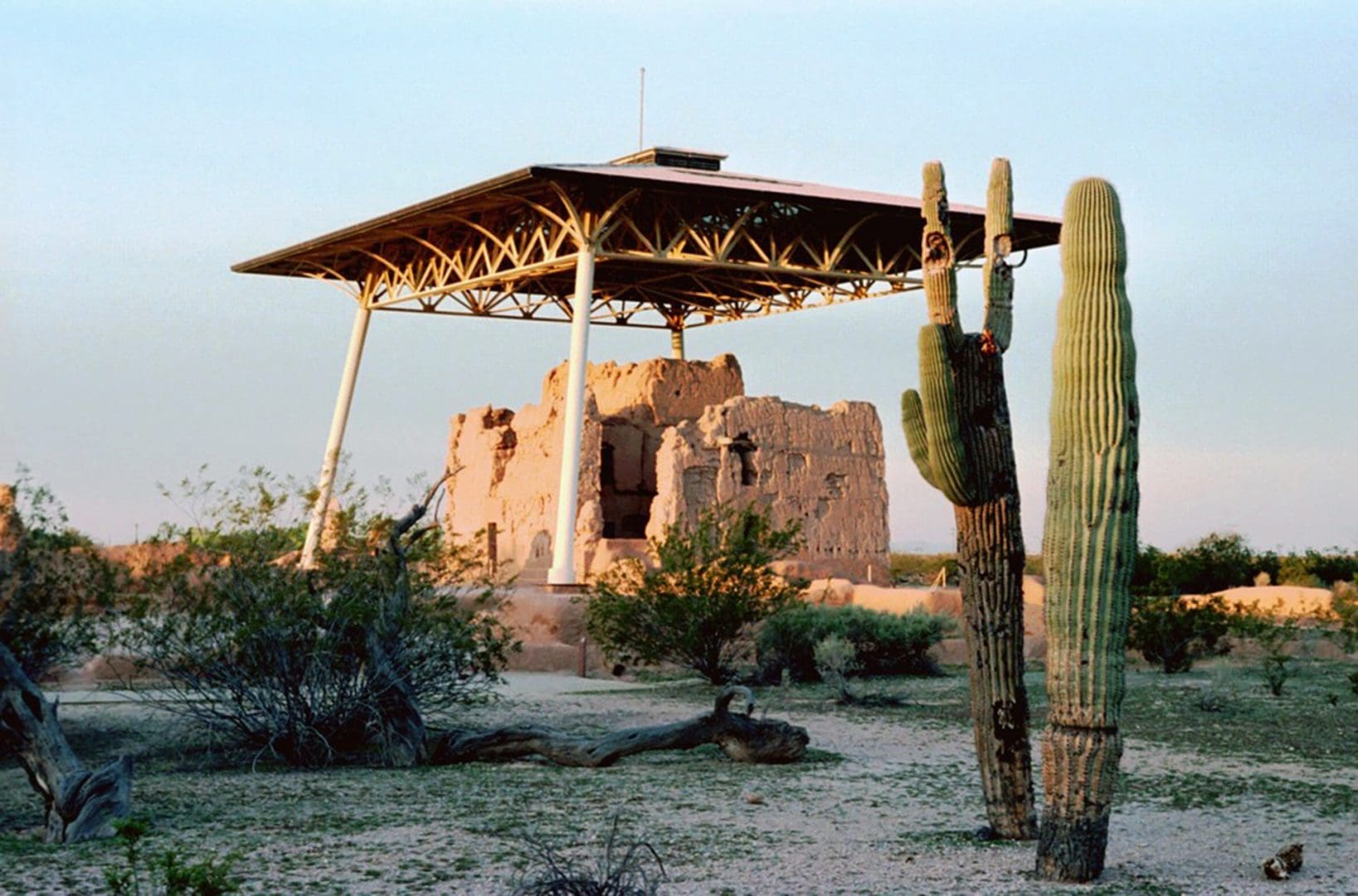
Fifteen years after the foundation of the first cooperating association, Southwestern Monuments Association formed on July 22, 1938. With only $234.50 contributed by thirty-five people, the group’s members set out to support a handful of national monuments throughout the Southwest by providing free or inexpensive interpretive publications to visitors. With the increased awareness and interest in parks sparked by SWMA’s publications, the group was able to provide more publications and more aid to the parks’ interpretive programs. During the years of the Great Depression, when NPS funding was severely limited, the cooperating association became integral to continued preservation, interpretation, and visitation. SWMA would eventually become Western National Parks Association. A decade after the establishment of SWMA, Eastern National Park and Monument Association (ENPMA) was born with a mission to support national parks and monuments in the eastern United States.
In the ensuing years, more associations sprang up around the country, each dedicated to serving the unique needs of their respective national parks. These organizations operated visitor centers, ran gift shops, and funded educational programs to enhance the visitor experience while generating revenue to support park projects.
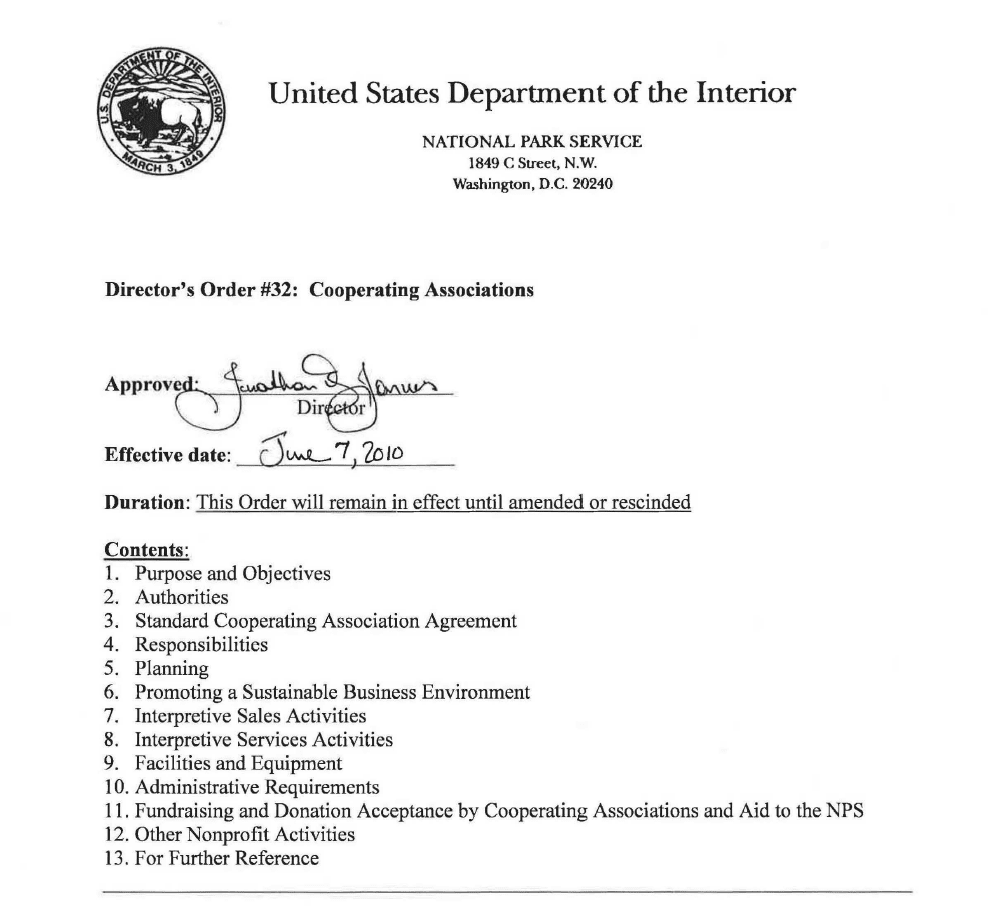
Cooperating associations have remained vital partners in preserving and promoting national parks, including the Indigenous communities and tribes that are connected to these sacred lands. Their impact extends far beyond funding and educational outreach. They also engage in scientific research, conservation initiatives, wildlife protection programs, and advocates for equity and diversity, acting as a force multiplier for the parks’ limited resources. Because they support government agencies, Congress authorized the support of cooperating associations under a strict set of guidelines established by the National Park Service. This means that any products produced or sold by a cooperating association must uphold the high standards of the NPS and advance the parks’ interpretive themes. All items should enhance the visitors’ experiences and understanding of the historic, cultural, and natural resources protected in these treasured places. The volunteers and staff of these associations work tirelessly to instill a sense of stewardship in park visitors, fostering a deeper understanding of the delicate balance between human interaction, untold stories, and preserving nature’s wonders for future generations.
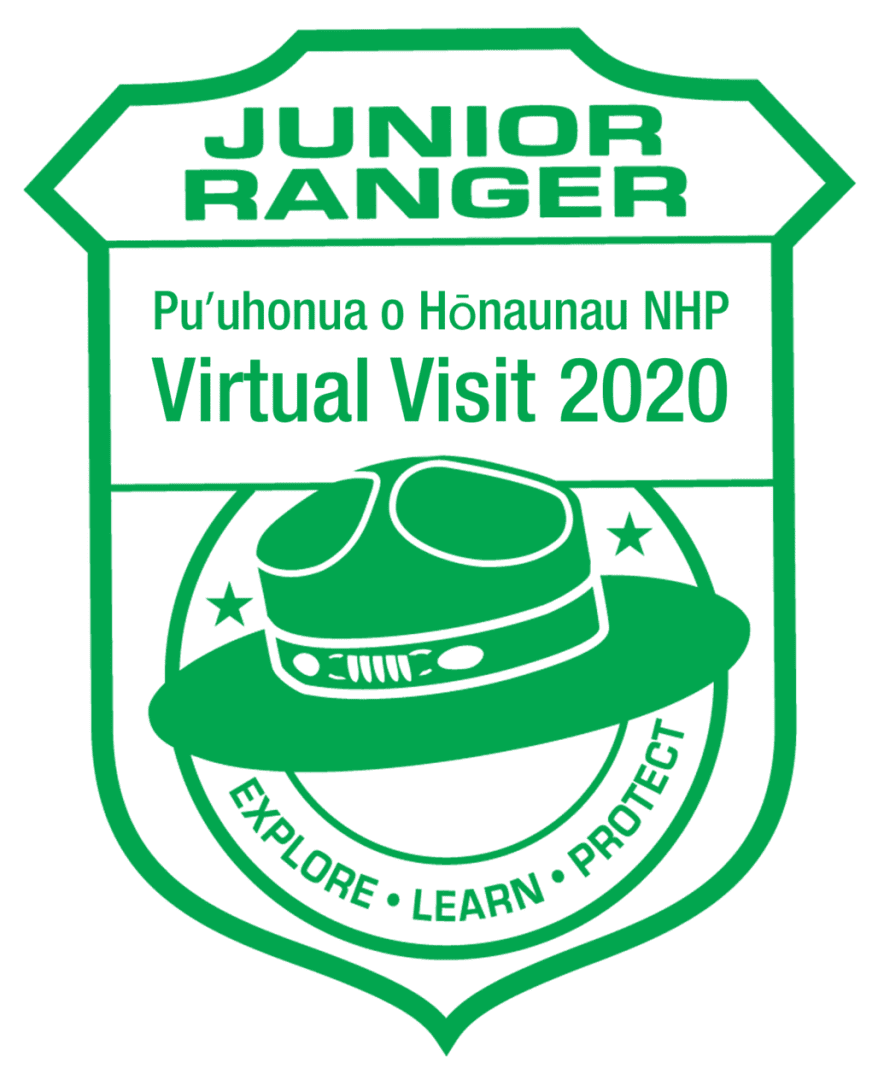
As technology and ideology progressed, several cooperating associations like Western National Parks Association have embraced the digital era to reach wider audiences and worked to support the efforts of the National Park Service in healing relationships between Indigenous communities, communities of color, and national parks. This involves initiatives to support justice, equity, diversity, inclusivity, and belonging both within organizations and building online platforms to connect with park enthusiasts worldwide, selling park-related merchandise, books, and educational materials. This became particularly important during the COVID-19 pandemic when parks were closed to visitation. Cooperating associations supported virtual tours and interactive learning experiences, opening up new avenues for engagement and education and providing meaningful support for struggling parks as well as people who yearned for connection during the long months of isolation and building closures.
The history of cooperating associations is a testament to the power of collaboration and passion for conservation. From humble beginnings to a nationwide network of dedicated organizations, these associations have transformed the way visitors experience and protect national parks. As we celebrate this milestone anniversary, we reflect on monumental impact that cooperating associations have and reaffirm our commitment to preserving these majestic landscapes for generations to come
By: Julie Thompson


